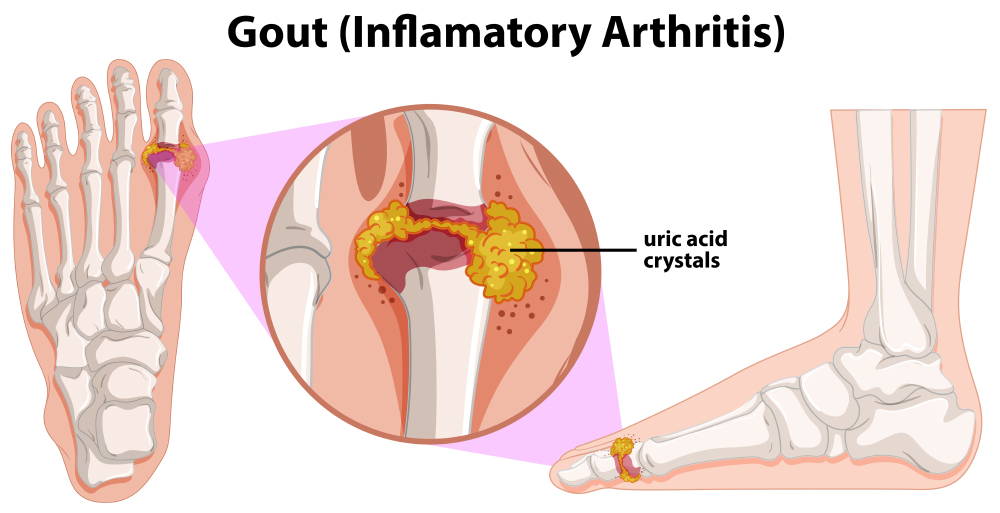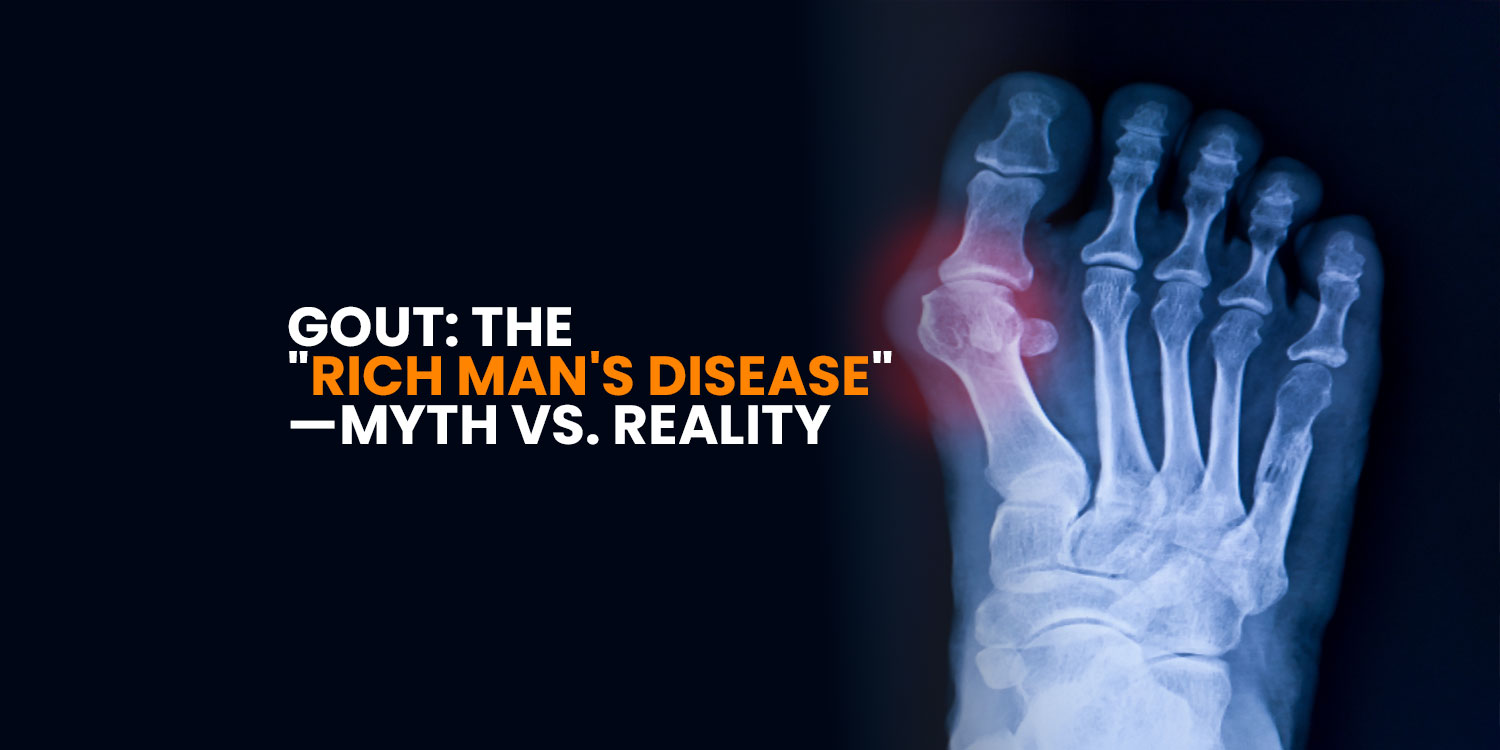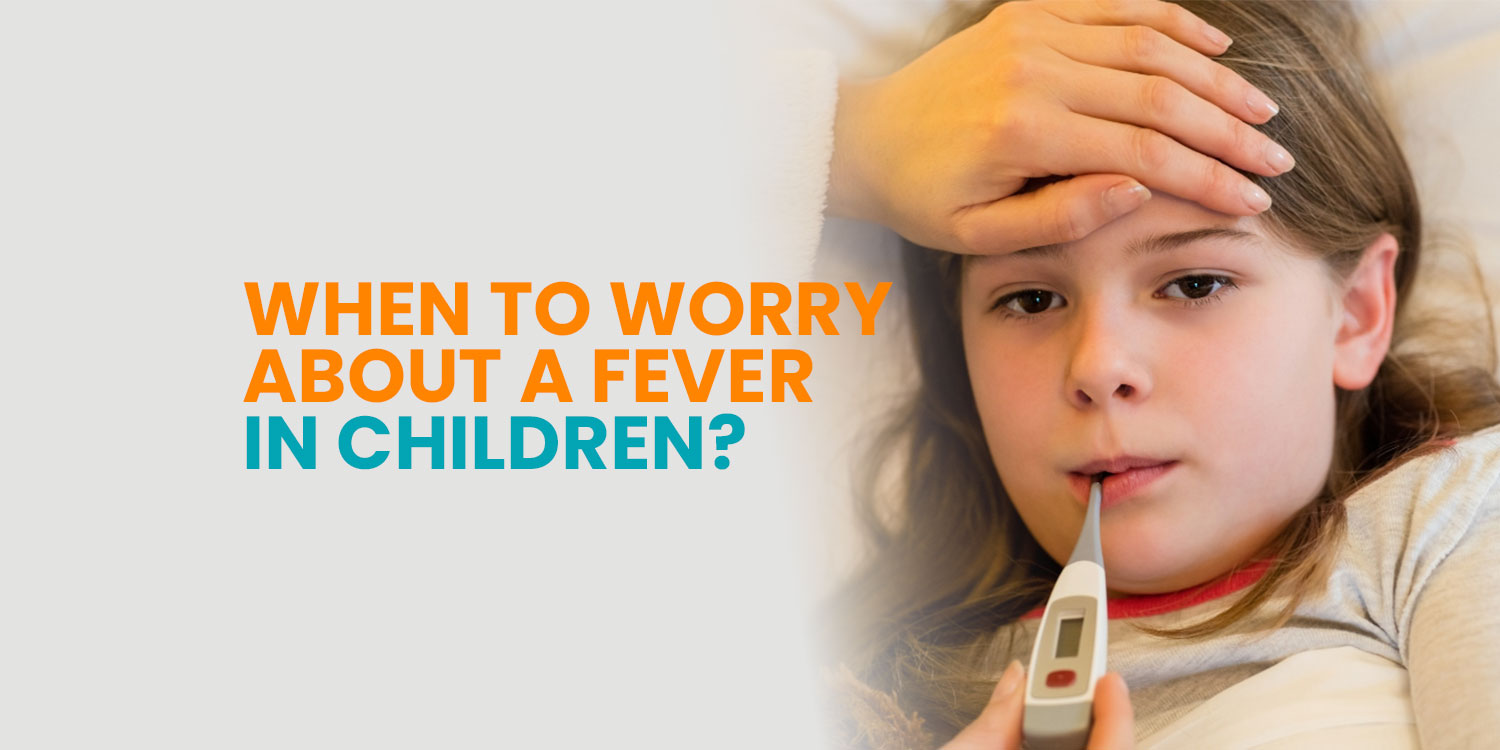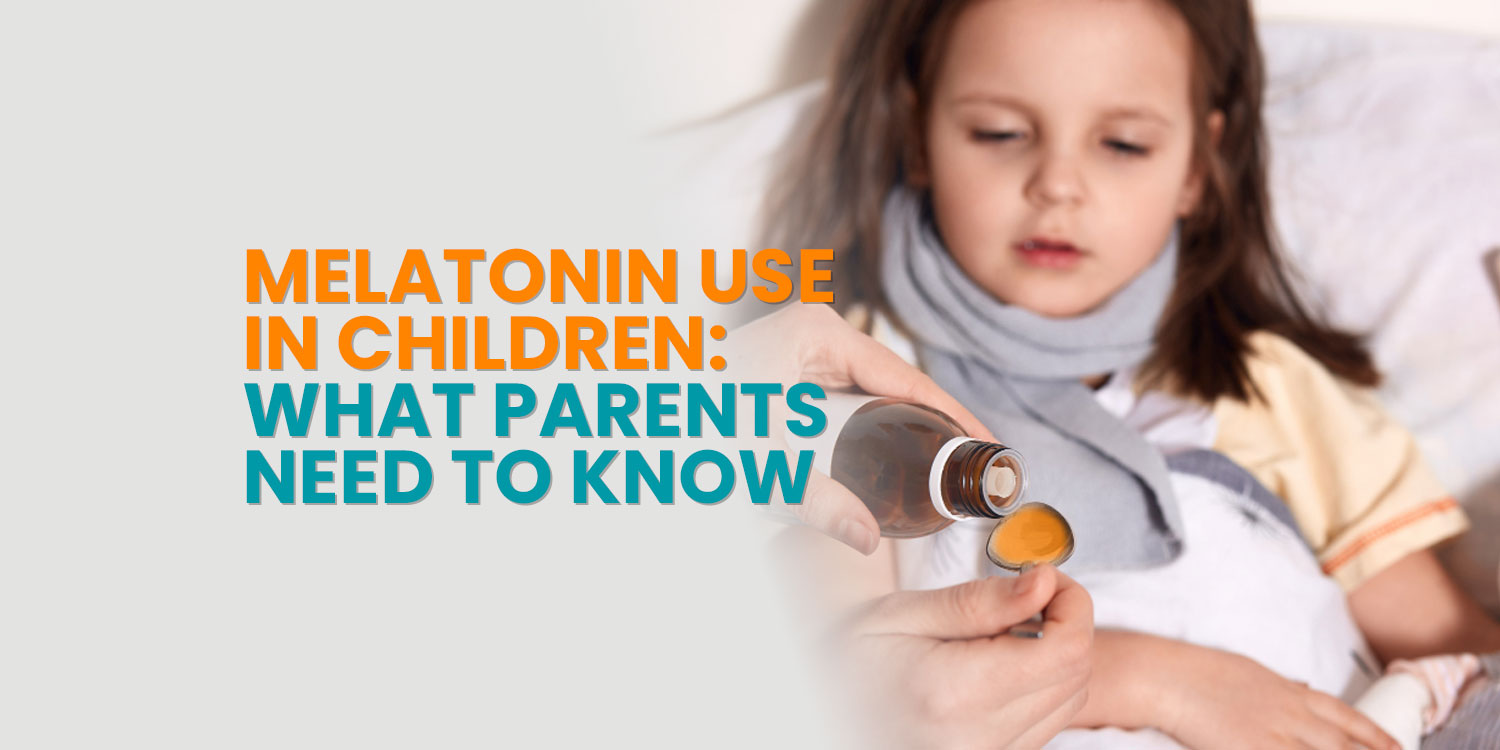Gout: The "Rich Man's Disease"—Myth vs. Reality
Have you ever heard of the term “Rich Man’s Disease”? Gout earned this nickname because it was once believed to be caused primarily by indulgent diets filled with red meats, seafood, and alcohol—foods typically associated with the wealthy. However, modern research reveals that gout is not confined to any one socioeconomic group. It can affect individuals of all backgrounds, regardless of lifestyle or income (Choi & Curhan, 2005).
What is Gout?
Gout is a type of inflammatory arthritis marked by sudden and intense joint pain, swelling, and redness—often starting in the big toe. This discomfort results from the buildup of urate crystals in the joint, which form when uric acid levels in the blood become too high (Mayo Clinic, 2023)

How Does Uric Acid Build Up?
Uric acid is a byproduct of the metabolism of purines, substances found naturally in the body and in certain foods. Under normal circumstances, the kidneys filter out uric acid, which is then excreted in the urine. Gout can occur if:
- The body produces too much uric acid, or
- The kidneys fail to eliminate enough of it (Richette & Bardin, 2010).

Risk Factors for Gout
Although diet contributes to gout development, it is only one of several risk factors:
- Diet: Consuming excessive red meat, seafood, alcohol, and high-fructose beverages can increase uric acid levels (Choi et al., 2004).
- Obesity: Extra weight raises uric acid production and places additional strain on joints.
- Medical Conditions: Hypertension, diabetes, kidney disease, and metabolic syndrome are all associated with an elevated risk (Zhu et al., 2011).
- Medications: Diuretics, low-dose aspirin, and immunosuppressants can impair uric acid elimination.
- Family History: Genetic predisposition may make some people more susceptible.
- Gender: Gout is more prevalent in men, but women’s risk increases after menopause (Mayo Clinic, 2023).

Diagnosis and Treatment
Gout diagnosis typically involves a clinical evaluation of symptoms, a review of medical history, and diagnostic tests such as joint fluid analysis to confirm the presence of urate crystals (Richette & Bardin, 2010).
Treatment options include:
- NSAIDs: Nonsteroidal anti-inflammatory drugs to relieve pain and swelling.
- Colchicine: Effective in reducing inflammation during gout flares.
- Corticosteroids: Prescribed for severe attacks.
Lifestyle Modifications: Maintaining a healthy weight, staying hydrated, and adopting a gout-friendly diet can significantly reduce flare-ups (Dalbeth et al., 2016).

Looking Ahead
The good news? With proper diagnosis, treatment, and lifestyle changes, gout can often be effectively managed or even prevented. In future posts, we’ll explore specific dietary tips and long-term strategies to help keep gout under control.
Have you or someone you know experienced gout? Share your story in the comments!

References
Choi, H. K., Atkinson, K., Karlson, E. W., Willett, W., & Curhan, G. (2004). Purine-rich foods, dairy and protein intake, and the risk of gout in men. The New England Journal of Medicine, 350(11), 1093–1103. https://doi.org/10.1056/NEJMoa035700
Choi, H. K., & Curhan, G. (2005). Gout: Epidemiology and lifestyle choices. Current Opinion in Rheumatology, 17(3), 341–345. https://doi.org/10.1097/01.bor.0000151400.99743.60
Dalbeth, N., Merriman, T. R., & Stamp, L. K. (2016). Gout. The Lancet, 388(10055), 2039–2052. https://doi.org/10.1016/S0140-6736(16)00346-9
Mayo Clinic. (2023). Gout. https://www.mayoclinic.org/diseases-conditions/gout/symptoms-causes/syc-20372897
Richette, P., & Bardin, T. (2010). Gout. The Lancet, 375(9711), 318–328. https://doi.org/10.1016/S0140-6736(09)60883-7
Zhu, Y., Pandya, B. J., & Choi, H. K. (2011). Prevalence of gout and hyperuricemia in the US general population: The National Health and Nutrition Examination Survey 2007–2008. Arthritis & Rheumatism, 63(10), 3136–3141. https://doi.org/10.1002/art.30520




